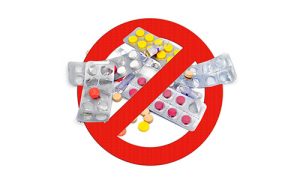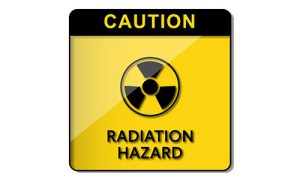Causes of Cleft Lip and Palate
Cleft lip and palate are birth defects that occur when the tissues in the baby’s face and mouth do not fuse properly. This can happen due to a combination of genetic and environmental factors.
Genetic Factors
- Family history: If a parent or sibling has a cleft lip or palate, the baby is more likely to have one as well.
- Marriages between close relatives: Marriages between close relatives, such as cousins, can increase the risk of cleft lip and palate. This is because close relatives are more likely to share the same genes, including genes that increase the risk of clefts.
Environmental Factors
- Maternal habits: Smoking, tobacco use, illicit drug use, and alcohol consumption during pregnancy can all increase the risk of cleft lip and palate.
- Medications: Certain medications, such as steroids and those used to treat seizures, cancer, arthritis, and tuberculosis, have been linked to cleft lip and palate.
- Nutrient deficiencies: Deficiencies in folic acid, iron, iodine, and zinc during pregnancy have also been associated with cleft lip and palate.
- Fetal exposure: Exposure to viruses, infectious diseases, harmful chemicals, vapors, pesticides, gunpowder fumes, nuclear radiation, X-rays, gamma rays, or dangerous reagents in industrial workplaces can all increase the risk of cleft lip and palate.



